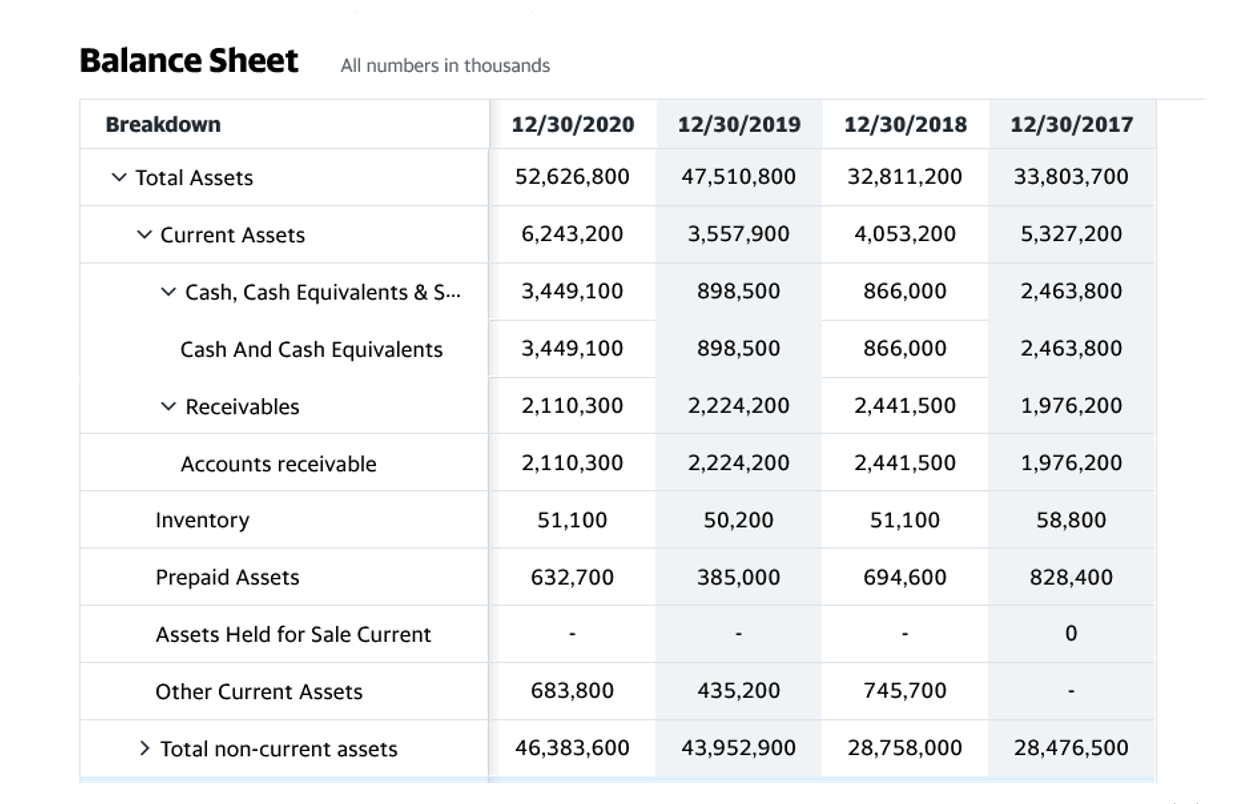
We use price per unit so that customers can easily calculate and decide how much quantity of a product they want to purchase. This also allows for an easy calculation for sellers to include production costs or delivery costs, for example, all in one sales price. By doing this, when the formula is copied to other cells, the cell references for the total cost and total units will remain constant, ensuring accurate calculations for the cost per unit.

I can see the granular stage the order is in — if it’s being picked, packed, in transit, etc. In turn, this can help you deliver orders to customers more affordably while keeping product prices competitive. ShipBob’s fast-growing fulfilment network helps you save on costs when storing inventory in our fulfilment centers by only paying for the space you need. Doing things on the cheap can only lead to more expensive repairs down the road. Whether it’s the materials that are subpar or the workmanship, it’s only a matter of time until it fails.
How to determine the cost per unit
An electrician runs circuits to your new fixtures, appliances, and outlets while ensuring it’s up to National Electrical Code (NEC) requirements. For structured wiring — which is designed to handle communication and entertainment devices — add $2 per foot. For low-voltage wiring installations, an electrician will charge $0.40 to $0.62 per linear foot. Larger jobs such as wiring and circuit breaker installation run $2,000 or more. The average cost of an electrician is $40 to $100 per hour, with a typical call-out fee or first-hour rate of $75 to $125. To hire a master electrician for specialty work, expect to spend $150 for the first hour, with an average hourly rate of $100 to $120.

Variable expenses change in proportion to the level of production or sales. Think raw materials, shipping costs, commissions, and other fluctuating expenses. It’s important to have a good grasp of your fixed and variable costs when trying to figure out how much it costs to make something or offer a service. In this guide, we’ll explore the importance of understanding the cost per unit, discuss the formula to calculate it, and give a few tips and strategies to reduce this cost. To calculate the cost per unit, simply divide the total cost by the total number of units. Enter the total number of units and the total cost into the calculator to determine the cost per unit.
Understanding Mathematical Functions: How To Add Function In Google Sheets
Suppose a business produces 1,000 pairs of ice skates for a total production cost of $20,000. Dividing the total production cost by the number of units produced provides a cost per unit of $20 per unit. Cost per unit offers insight into how much it costs to produce a single item, receive new inventory, store it, and fulfill and ship it. After inputting the formula for cost per unit, it’s crucial to double-check the formula for accuracy. This may involve reviewing the cell references, ensuring the correct mathematical operations are being used, and verifying that the formula is applied to the correct data set. Double-checking the formula will help to minimize errors and ensure the reliability of the cost per unit calculation.
- With our cost per unit calculator you can make calculations without any effort, in just a few minutes.
- A high cost per unit means that your product pricing must be higher to accommodate desired company profits.
- In problems like this one, it is helpful to figure out the cost per unit, which in this case is the price of one glass of champagne.
- Smart home automation systems cost $600 to $1,800 that integrates into your existing outlets.
- So if you know a little about the variable cost per unit and the total variable cost, we can move on to the cost per unit.
- Automation can reduce direct labor costs by performing repetitive and labor-intensive tasks normally saved for human workers.
The cost for an electrician to install a new light switch ranges from $150 to $200 for a single pole switch, to $100 to $250 for a new three-way switch. To replace an electrical switch, expect to spend about $80 to $120 on average. If the electrician runs into accessibility issues, or electrical problems that require board or panel upgrades expect to pay more in labor costs. Most of the time, your electrician will be able to give you an accurate estimate up front.
Strategies to Reduce Cost Per Unit
Due to the risk of fire or life-threatening electric shocks if you end up with bad electrical work, you want to be sure to hire the best professional, licensed, and insured electrician you can find. Professional electricians are knowledgeable about current building codes and the proper way to safely upgrade or how to calculate cost per unit install the wiring in your home. The average cost to install a home generator is $6,000 to $11,000, including the generator. A Generac home back-up generator starts at $2,000, and professional installation ranges from $3,000 to $5,000. Pricing varies by system size, electrician costs, and local building codes.
- And by implementing effective customer management practices, you can make sure orders are fulfilled on time and customers are satisfied with their purchases.
- Look at procurement processes, mode selection, and supply chain network design.
- Variable cost per unit is defined as a production cost for each unit.
- Service replacement includes a new meter, electric service drop, disconnect, panel, wiring, piping, and a weather head.
- The simplest cost per unit definition is money, which a company needs to spend on producing one unit of the product it sells.
- It is important to build a logistics platform with a third-party logistics provider that has the required number of people, processes, and technology to report costs and service performance.
WareIQ is backed by leading global investors including Y Combinator, Funders Club, Flexport, Pioneer Fund, Soma Capital, and Emles Venture Partner. Making a profit selling products is the foundation of any successful ecommerce business. Our end-to-end supply chain solutions also improve inbound and outbound logistics, including warehouse receiving, to establish a more efficient, cost-effective supply chain. ShipBob’s fast-growing fulfillment network helps you save on costs when storing inventory in our fulfillment centers by only paying for the space you need. “Overall, there is more transparency with ShipBob that even helps our team manage customer service better.
Buffers are supplies or products kept in place to deal with demand forecasting or supply chain fluctuations that can arise in the future. Improving supply chain management helps reduce excessive inventory across various processes on the supply chain. Avoid excessive safety stocks to prevent stockouts unless you are in a cyclical or seasonal industry. Understanding the relationship between cost per unit and price per unit is essential for maximizing profitability. Businesses should set a price per unit based on the cost per unit and the desired profit margin.



